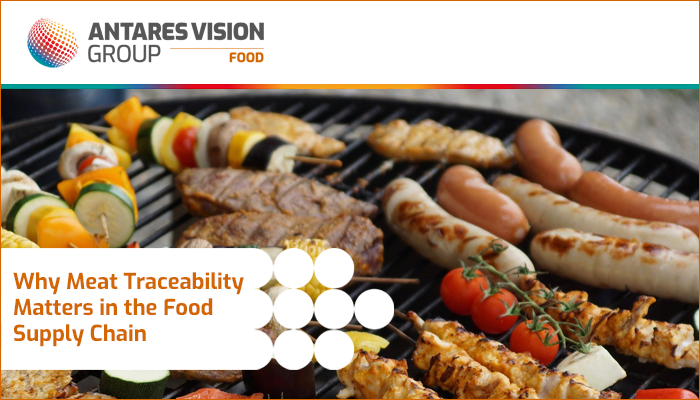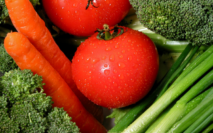Today’s consumers demand transparency, particularly when it comes to the meat they consume. They want more information about how and where the livestock was raised and processed — not just from a nutritional standpoint, but also with regard to food safety practices, animal care practices, environmental impact, and worker safety. Put simply, they want meat traceability.
Consumers are making an emotional connection to the foods they buy and consume; they want to feel good about where their money is going and what they are putting into their bodies. While this trend has been growing over the past several years, it has gained significant traction recently. Add the pandemic into the mix, and you’ve got an even greater demand for transparency amid an environment driven by heightened health and financial concerns.
The supply chain saw significant disruption during the pandemic, as high infection rates in processing plants led to a marked curtail in operations in pork, beef, and poultry plants—and in some cases, plant closures. In fact, roughly 65 percent of meat processing plants experienced outbreaks and 20 percent were forced to temporarily suspend operations, which, in a consolidated meat industry, had a ripple effect across the country. As the outbreaks played out publicly, consumers grew even warier of the origins of their meats.
Adding more complexity to the issue, bad weather over the past year meant smaller corn and soybean harvests, making it harder and more expensive for cattle, hog, and poultry farmers to feed their herds. The last time the industry saw such high grain prices was during the 2012 U.S. drought.
As meat supplies diminished, consumer demand grew, with more people stuck inside and forced to cook and eat at home. The result: price inflation at the grocery stores, making it more expensive for consumers to feed their families. As they pay more for the foods that nourish their families and read headlines about the pandemic’s effects on the food supply chain, their demand for transparency has only become greater.
Meat traceability is more essential than ever
As we usher in a new era in food safety, meat traceability is no longer a “nice-to-have” — it’s essential. With increasing consumer demand for more information about where their protein is coming from, clear documentation from the farm to the end product is a must.
The Global Food Traceability Center defines traceability as the “ability to access any or all information relating to a food under consideration, throughout its entire life cycle, by means of recorded identifications.” This goes beyond the information itself; it’s about linking the information throughout the supply chain and ensuring coordinated processes and end-to-end meat traceability.
The good news is that tech-enabled meat traceability doesn’t have to be complicated, and its benefits are vast and powerful. From increased meat quality, improved food safety, and fewer product recalls to better inventory tracking and superior customer service, traceability delivers a range of benefits that go far beyond simply responding to consumers’ demand for information. With visibility across the entire supply chain, manufacturers can document and link the production, processing, and distribution chain of their protein products, which results in greater organizational efficiencies, reduced market and operational risks, a stronger competitive advantage, and a better brand image.
Final thoughts
While challenges continue to emerge amid a rapidly evolving global landscape, brands have an opportunity to tell a story that evokes a positive emotion and inspires a purchase. Consumers want to know that their meats were produced ethically and safely, and, of course, pose no risk to themselves or their families. As more and more people scan labels and packages for information about where their food came from and how it was made, transparency will play an increasingly crucial role in a meat producer’s brand image. It really comes down to trust: If consumers don’t trust your brand, they’ll be more than happy to buy another company’s product. Meat traceability satiates a consumer’s need for information, which builds trust with your brand.
From farm to table, rfxcel’s food supply chain solutions have you covered. Our award-winning Traceability System (rTS) is the basis of a modernized, digital supply chain with fully customizable and scalable solutions that yield complete end-to-end meat traceability. It is the foundation of a digital supply chain and a successful food recall management system that operates with surgical precision.
Offering the most complete and flexible raw materials and meat traceability solution for food and beverage, we’ll help you to optimize your supply chain operations while catering to the consumers’ increasing demand for information about the meats they consume.





